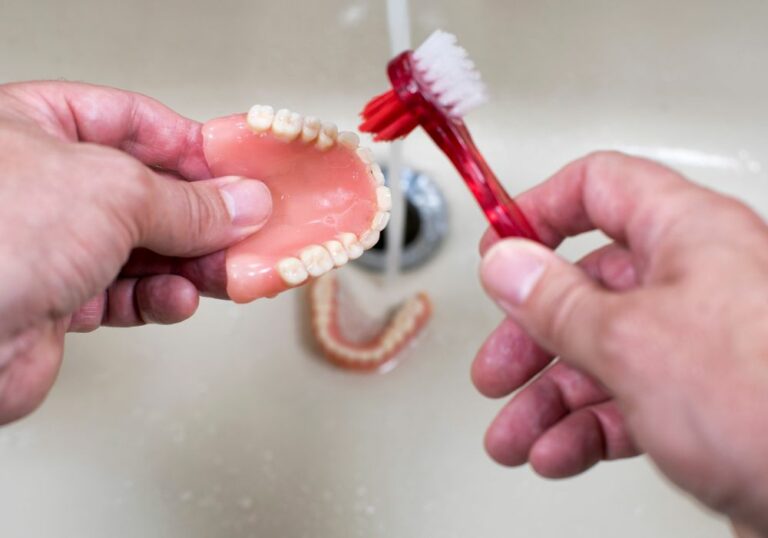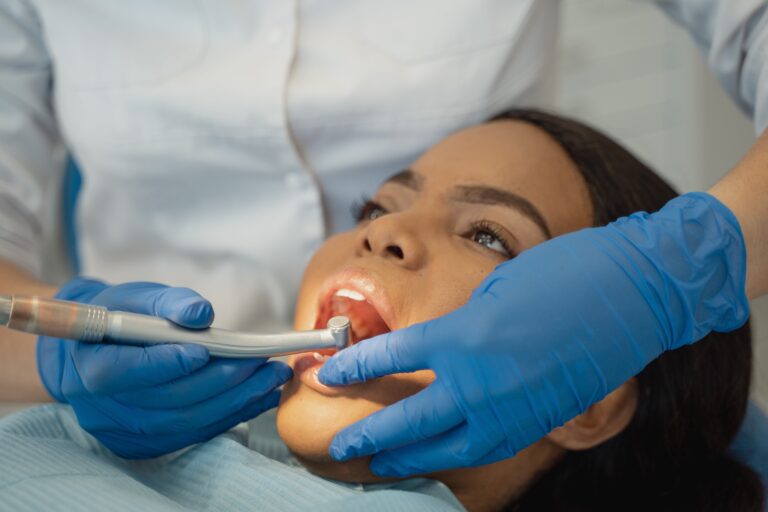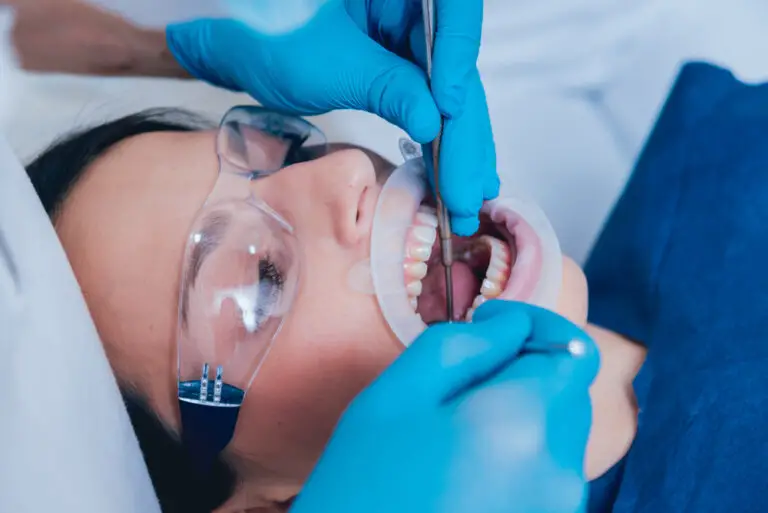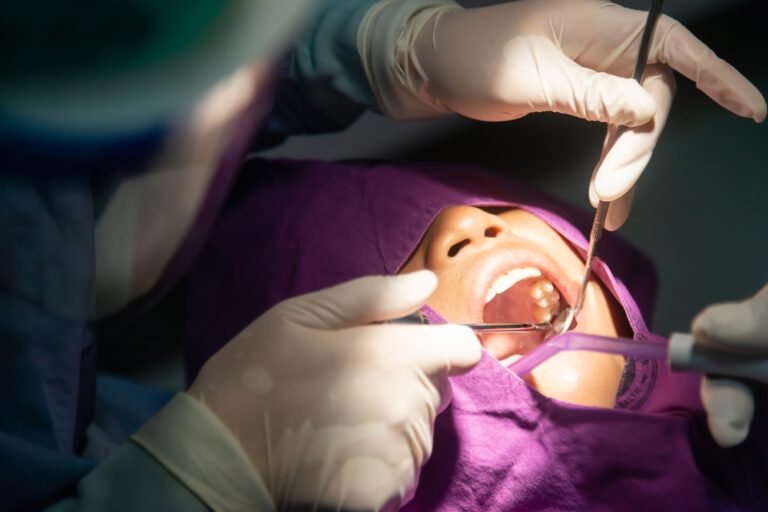Have you noticed that your teeth are shifting even though you wear your retainer? You’re not alone. Many people experience this issue despite following their orthodontist’s instructions. It can be frustrating to see your teeth move after months or even years of wearing braces, but there are reasons why this can happen.
One common reason for teeth shifting is that the retainer has become loose, bent, or stretched out. Even a few days without wearing the retainer can cause it to no longer fit properly, allowing teeth to shift back to their original position. Additionally, some tooth rotations and spaces are more stubborn than others, making them more prone to shifting even with a retainer. In this article, we’ll explore the reasons why your teeth may be shifting and what you can do to prevent it.
Understanding Teeth Shifting
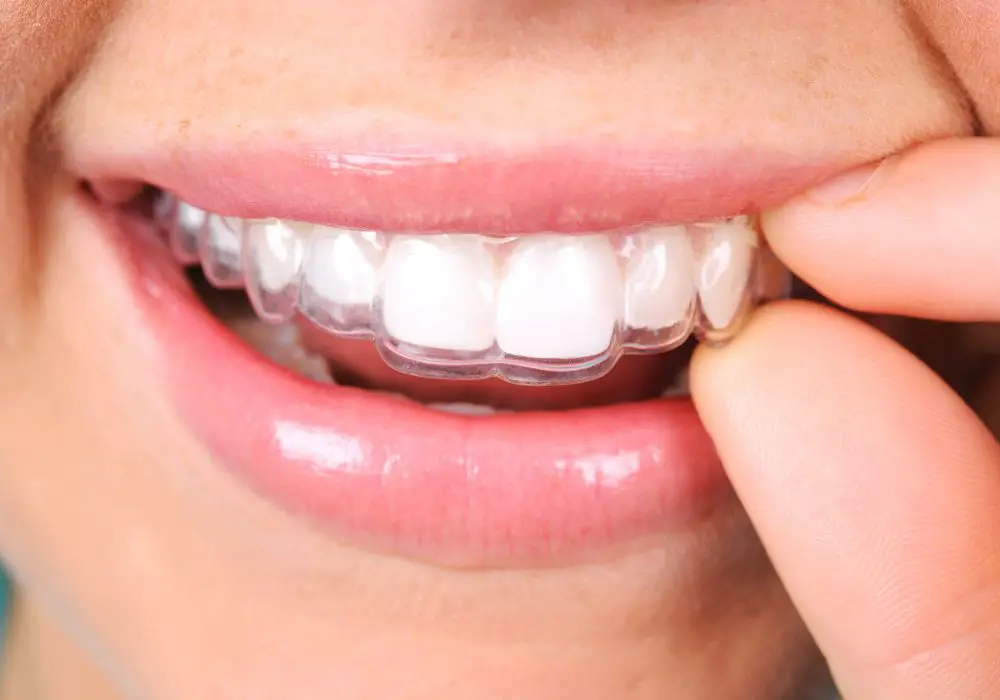
If you have recently had braces or other orthodontic treatments, you may have been given a retainer to wear to prevent your teeth from shifting back to their original position. However, even with a retainer, your teeth can still shift. Here’s what you need to know about teeth shifting.
Causes of Teeth Shifting
There are several reasons why your teeth may shift, including:
- Not wearing your retainer as directed
- Wearing your retainer improperly
- Natural aging and changes in your facial structure
- Grinding or clenching your teeth
- Tooth decay or gum disease
- Trauma to the mouth or jaw
If you don’t wear your retainer as directed or wear it improperly, your teeth can shift back to their original position. Additionally, natural aging and changes in your facial structure can cause your teeth to shift over time. Grinding or clenching your teeth can also put pressure on them and cause them to shift. Finally, tooth decay or gum disease can cause your teeth to become loose and shift out of place.
Effects of Teeth Shifting
If your teeth shift, it can affect your appearance and your oral health. Shifting teeth can cause:
- Crooked or misaligned teeth
- Gaps between your teeth
- Bite problems
- Difficulty chewing or speaking
- TMJ disorder
Crooked or misaligned teeth can affect your self-confidence and make it difficult to clean your teeth properly, which can lead to tooth decay and gum disease. Gaps between your teeth can also make it difficult to clean your teeth and can lead to food getting stuck in between them. Bite problems can cause pain and discomfort when eating or speaking, and TMJ disorder can cause pain in your jaw and difficulty opening and closing your mouth.
In conclusion, even with a retainer, your teeth can still shift. It is important to follow your orthodontist’s instructions for wearing your retainer and to practice good oral hygiene to prevent your teeth from shifting. If you notice any changes in your teeth or experience pain or discomfort, you should contact your orthodontist or dentist for an evaluation.
Role of Retainers
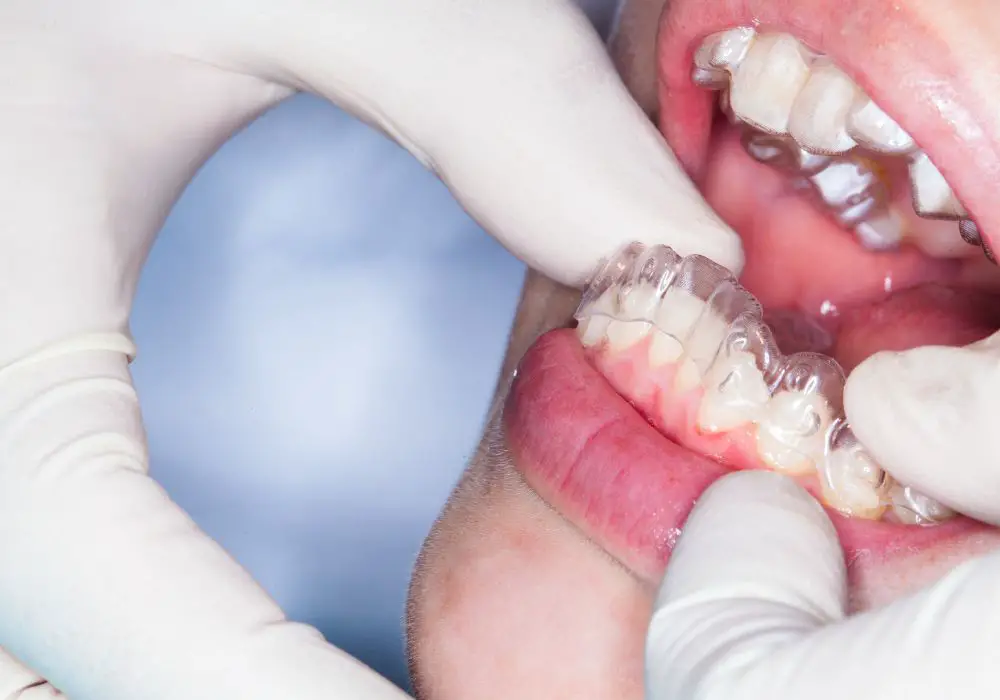
Retainers play an important role in maintaining the alignment of your teeth after the orthodontic treatment. They are custom-made devices that fit over your teeth to keep them in their new, correct position after wearing braces. In this section, we will discuss the function and types of retainers.
Function of Retainers
Retainers help your teeth remain in their corrected position after wearing braces. They are designed to hold your teeth in place and prevent them from shifting back to their original position. After the orthodontic treatment, your teeth are still mobile and can move easily. Retainers help stabilize your teeth in their new position and allow the surrounding bone and gums to adjust to the new alignment.
Types of Retainers
There are two main types of retainers: removable and permanent. Removable retainers are made of acrylic and wire and can be taken out of your mouth. They are usually worn full-time for the first few months after the orthodontic treatment and then gradually reduced to only at night. Removable retainers are easy to clean, but they require proper care to prevent damage.
Permanent retainers, also known as bonded retainers, are made of a thin wire that is bonded to the back of your teeth. They are not visible to others and are designed to stay in place for several years. Permanent retainers require minimal maintenance, but they can be difficult to clean properly.
It is important to wear your retainer as instructed by your orthodontist to prevent your teeth from shifting back to their original position. If you notice any issues with your retainer, such as a loose or broken wire, contact your orthodontist immediately to have it repaired or replaced.
In summary, retainers play a crucial role in maintaining the alignment of your teeth after the orthodontic treatment. There are two main types of retainers: removable and permanent. It is essential to wear your retainer as instructed by your orthodontist and to take proper care of it to prevent any issues.
Can Teeth Shift Despite Wearing Retainers?
Wearing a retainer after orthodontic treatment is crucial to maintaining the alignment of your teeth. However, you may find that your teeth are still shifting even though you are wearing your retainer as prescribed. Here are some reasons why this could be happening:
- Loose or damaged retainer: If your retainer is not fitting properly or has become damaged, it may not be able to hold your teeth in place effectively. It is important to have your retainer checked regularly by your orthodontist and replaced if necessary.
- Inconsistent wear: If you are not wearing your retainer as prescribed, your teeth may start to shift. Even missing a few days of wear can be enough to cause movement. Make sure to wear your retainer as directed by your orthodontist.
- Natural movement: Even with a retainer, your teeth may still shift slightly over time due to the natural aging process. This is why it is important to wear your retainer consistently to help prevent any significant movement.
- Stubborn movements: Certain tooth rotations and spaces may be more difficult to maintain with a retainer, and may require additional orthodontic treatment to prevent shifting.
It is important to remember that teeth shifting is a natural process, and some movement may be expected even with proper retainer wear. However, consistent wear of your retainer can help minimize any significant movement and maintain the alignment of your teeth. If you are experiencing significant shifting despite wearing your retainer, consult with your orthodontist to determine the best course of action.
Preventing Teeth Shifting
If you have recently undergone orthodontic treatment, it’s important to maintain your beautiful new smile by preventing your teeth from shifting. Here are some tips to help you prevent teeth shifting:
Regular Use of Retainers
Wearing your retainer as instructed by your orthodontist is crucial to preventing teeth shifting. Retainers help to keep your teeth in their new positions while the bone and tissue around them adjust to the changes. If you don’t wear your retainer regularly, your teeth may shift back to their original positions.
It’s important to clean your retainer regularly to prevent bacterial buildup and to ensure that it fits properly. Avoid exposing your retainer to high temperatures or leaving it in direct sunlight, as this can cause it to warp or lose its shape.
Dental Checkups and Maintenance
Regular dental checkups are important for maintaining good oral health and preventing teeth shifting. Your dentist can evaluate your teeth and gums to ensure that they are healthy and can detect any early signs of shifting.
Your dentist may recommend additional measures to prevent teeth shifting, such as a fixed retainer or additional orthodontic treatment. It’s important to follow your dentist’s recommendations to ensure that your teeth stay in their new positions.
In addition to regular dental checkups, maintaining good oral hygiene habits can also help to prevent teeth shifting. Brush your teeth twice a day, floss daily, and use an antiseptic mouthwash to keep your teeth and gums healthy.
By following these tips, you can help to prevent your teeth from shifting and maintain your beautiful new smile for years to come.
Case Studies
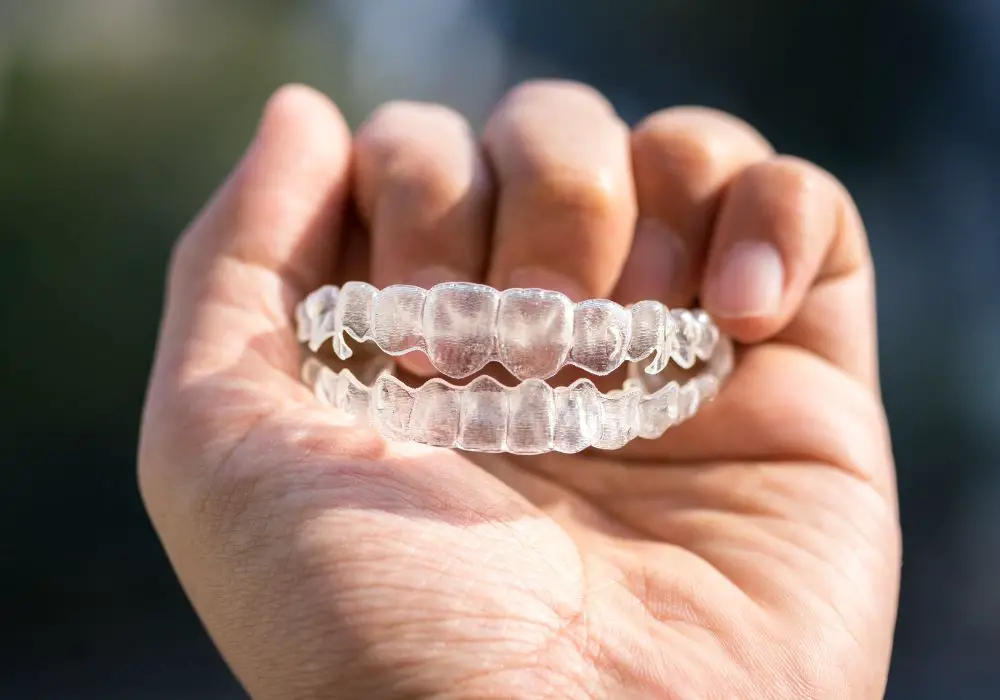
Here are a few case studies that illustrate why teeth can shift even if you wear your retainer:
- Case 1: John wore his retainer religiously for two years after his braces were removed. However, he noticed that his teeth were shifting back to their original position. After visiting his orthodontist, he discovered that his retainer had become loose and was no longer effective in keeping his teeth in place. John had to get a new retainer and wear it for a longer period to prevent further shifting.
- Case 2: Sarah wore her retainer for the recommended period after her braces were removed. However, she stopped wearing it regularly after a few months because she found it uncomfortable. Over time, her teeth started to shift, and she noticed gaps between them. When she visited her orthodontist, she was advised to wear her retainer again for a longer period to prevent further shifting.
- Case 3: Mark wore his retainer as instructed after his braces were removed. However, he noticed that his teeth were still shifting slightly. After visiting his orthodontist, he discovered that his retainer was not fitting properly and needed adjustment. Once the retainer was adjusted, his teeth stopped shifting.
These case studies show that even if you wear your retainer, your teeth can still shift if the retainer is not properly fitted, becomes loose, or is not worn regularly. It is essential to follow your orthodontist’s instructions and wear your retainer as instructed to prevent shifting. If you notice any changes in your teeth, visit your orthodontist to get your retainer checked and adjusted if necessary.
Frequently Asked Questions
Can wearing an old retainer shift your teeth back?
Yes, wearing an old or ill-fitting retainer can cause your teeth to shift back to their original position. Over time, retainers can become worn out, lose their shape, or become damaged, which can cause them to be less effective at keeping your teeth in place. It is recommended that you replace your retainer every few years to ensure that it is still working properly.
Can retainers help fix shifted teeth after braces?
Yes, retainers can help fix shifted teeth after braces. After you have completed your orthodontic treatment, your orthodontist will provide you with a retainer to wear. Retainers help to keep your teeth in their new positions and prevent them from shifting back to their original position. However, if your teeth have already shifted significantly, your orthodontist may recommend additional treatment, such as braces or clear aligners.
Why do my teeth hurt even though I wear my retainer?
It is normal to experience some discomfort or soreness when you first start wearing a retainer or when you switch to a new retainer. This discomfort should go away after a few days. However, if your teeth continue to hurt even after several days, your retainer may not be fitting properly. In this case, you should contact your orthodontist to have your retainer adjusted.
How can I fix my shifted teeth after braces?
If your teeth have shifted significantly after completing your orthodontic treatment, your orthodontist may recommend additional treatment, such as braces or clear aligners. These treatments can help to move your teeth back into their correct positions. It is important to follow your orthodontist’s recommendations and wear your retainer as directed to prevent your teeth from shifting again.
Can teeth shift back even if you wear a retainer?
Yes, teeth can still shift back even if you wear a retainer. Retainers help to keep your teeth in their new positions, but they are not 100% effective at preventing all movement. Over time, your teeth may naturally shift slightly due to factors such as aging, genetics, and changes in your bite. It is important to continue wearing your retainer as directed to minimize any shifting.
Will wearing my retainer fix my slightly shifted teeth?
If your teeth have only shifted slightly, wearing your retainer as directed may be enough to correct the issue. However, if your teeth have shifted significantly, your orthodontist may recommend additional treatment, such as braces or clear aligners. It is important to follow your orthodontist’s recommendations and wear your retainer as directed to prevent your teeth from shifting again.

